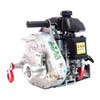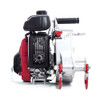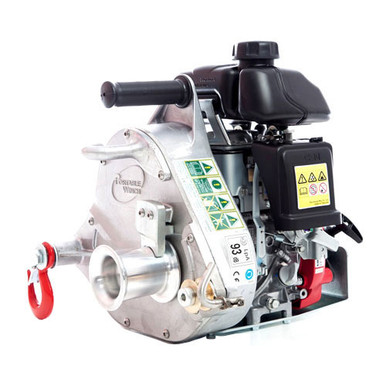Westechrigging.com is now Lifting.com Learn More

Image shown may be a stock photo and is for reference only.
Image shown may be a stock photo and is for reference only.
Image shown may be a stock photo and is for reference only.
Image shown may be a stock photo and is for reference only.
Image shown may be a stock photo and is for reference only.





| Secure transaction |

Although Bishop Lifting strives to manufacture and sell the highest quality rigging and safety gear, use of the gear is dangerous if not used correctly by competent trained professionals. Bishop Lifting disclaims any liability resulting from the misuse of its rigging and safety gear. Please take a moment to more thoroughly review our disclaimer.
Bishop Lifting rigging and safety gear is only intended to be used by competent trained professionals. Misuse of the rigging and safety gear can result in serious injury up to and including loss of life. As such, Bishop Lifting disclaims liability for any misuse or incorrect product selection by our customers.
Rigging and safety gear purchased from Bishop Lifting should be used in strict accordance with all industry and OSHA standards. At no time should rigging or safety gear be used beyond its certified load ratings (aka Working Load Limits). Normal wear and tear should be expected with use of rigging and safety gear; therefore, all gear should be thoroughly inspected before each and every use. Worn or unsafe rigging and safety gear should never be used.

 Portable Winch Gas Powered Capstan Winch - 2200 lbs Max Pull
Portable Winch Gas Powered Capstan Winch - 2200 lbs Max Pull 

Yes, the oil alert system on the GXH50 engine limits its tilt. The PCW3000 and PCW4000 have newer-generation engines that allow them to work in all positions, without the limitation of an oil alert system.
The speed is constant because of the capstan principle; no accumulation of rope on the drum, so no matter the weight of the load, pulling speed remains the same. The pulling speed will change only when a block and tackle is in place; for example, if one uses a pulley to double the power of the winch, the pull speed will be divided by 2. For comparison, the standard pulling speed on the PCW3000 is 33ft/min, 44ft/min for the PCW4000 and 27ft/min - 38ft/min (3 speeds) for the PCW3000-Li, yet they all share a 76mm drum. The PCW5000 reaches 40ft/min with its 57mm drum.
The drum itself is mandatory, without the drum there is no friction therefore no pulling. If you are simply looking for a way to capture progress (hold the load in place), we recommend the PCA-1271 or the PCA-1272. If you are pulling on a steep slope, or lifting, and do not want the load to go down then these self-blocking pulleys should to the job. See this video for more information.
Alternatively, you could look at the PCH1000 or PCH2000 winch models, which include a blue progress capture device that is integrated into the winch itself.
See full answer »On a PCW5000, you can install the optional 85mm drum PCA-1100 (sold separately). You will gain in speed from 40ft/min to 60ft/min but lose in pulling capacity from 2200lb to 1600lb approximately. The biggest drum available is the 108mm installed on a PCH2000 (a different winch). It would theoretically fit, but it has not been tested. It would certainly increase the pulling speed (Im guessing around 80ft/min) but the pulling capacity would probably be around 1000 lb or less.
If speed is the primary concern, you may consider the PCW5000-HS (High Speed). The gear ratio in this winch is lower making it much faster. In its factory configuration it will pull 770lb at 118ft/min. If you install the smaller optional drum (57mm PCA-1110), you will pull 1100lb at 80ft/min.
See full answer »
